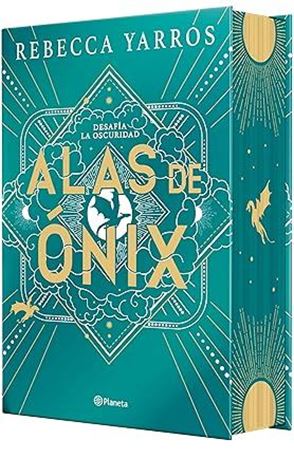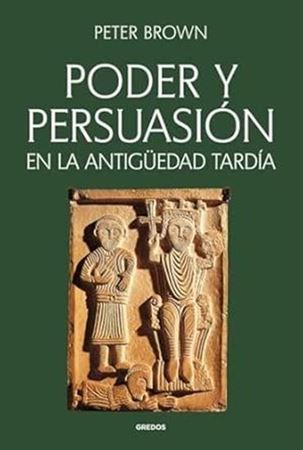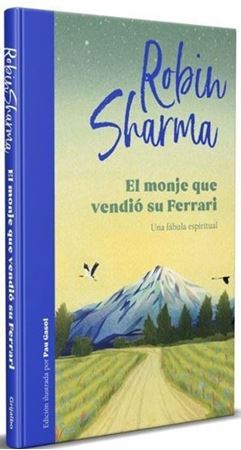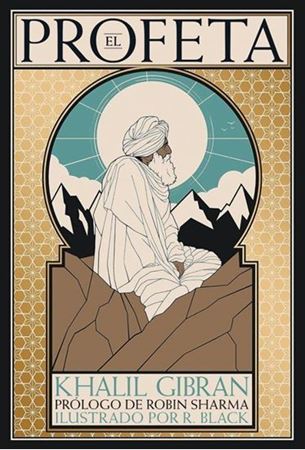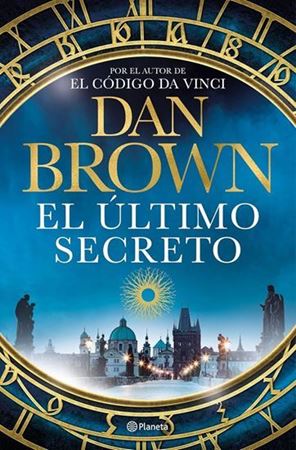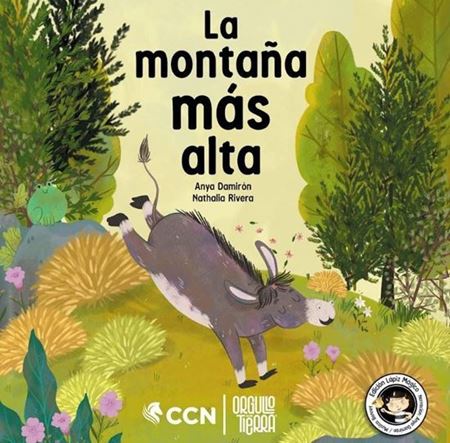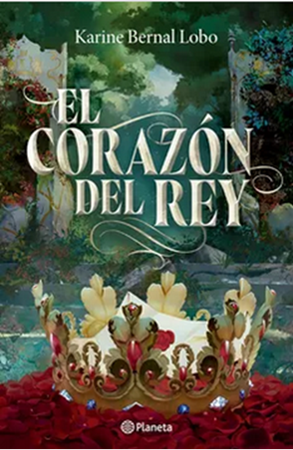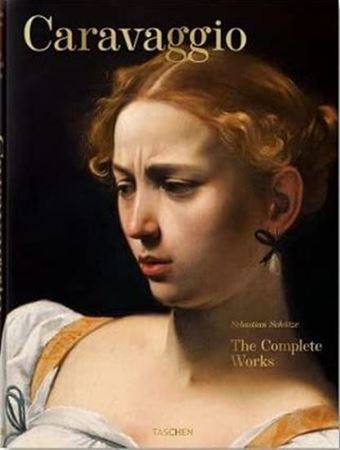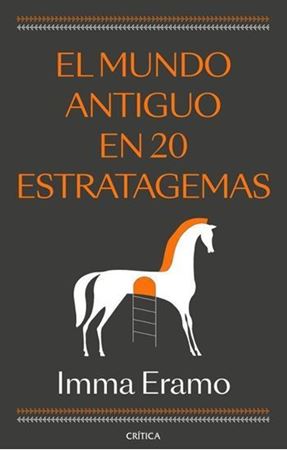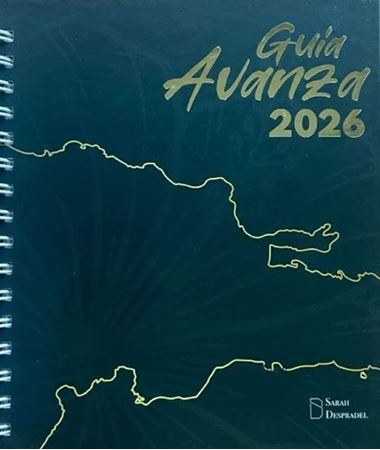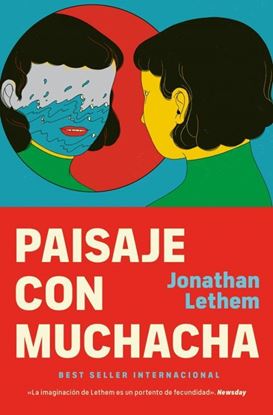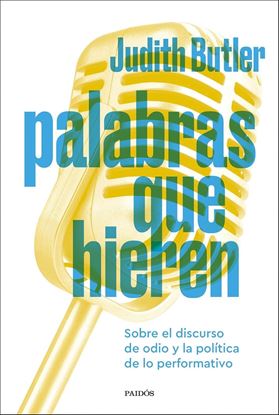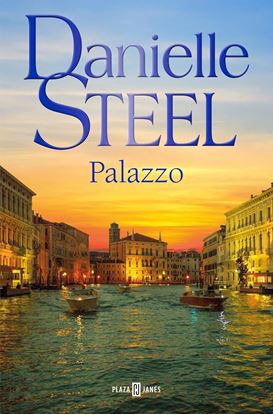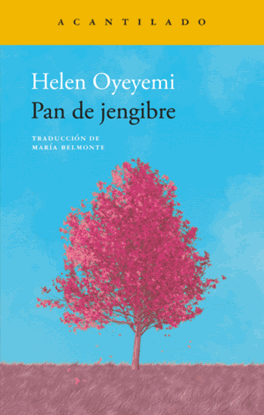

NOVEDADES
PAISAJE CON MUCHACHA (BOL)
En este libro, Lethem tuerce las formas y las convenciones de la literatura para crear una historia totalmente fuera de lo común.
La heroína es una joven de catorce años, Pella Marsh, cuya madre muere justo cuando su familia abandona un Brooklyn postapocalíptico por un planeta recientemente descubierto. Cegada por el odio a su padre, y perturbada por una atracción irresistible hacia el viril y peligroso arrendatario de la pequeña colonia planetaria, Pella participará en una carrera hacia el descubrimiento que tendrá consecuencias trágicas e irrevocables para los humanos de la comunidad, así como para los exóticos nativos.
995
746
PALABRAS QUE HIEREN
Palabras que hieren ha sido reconocido universalmente como una obra magistral y uno de los libros más importantes de Judith Butler. En este análisis de los debates alrededor del discurso de odio, la pornografía y la homosexualidad, Butler sostiene que las palabras pueden herir y que la violencia lingüística es un tipo de violencia particular. También sostiene que este discurso es emocional y fluido porque sus efectos a menudo escapan al control del hablante, moldeados por la fantasía, el contexto y las estructuras de poder.
Butler insta a la cautela en el uso de la legislación para restringir y censurar la libertad de expresión, pues aunque el discurso de odio puede reforzar las estructuras de poder, también puede replicar el poder en formas que separan el lenguaje de su capacidad de causar daño. Por ejemplo, en los casos en que el lenguaje injurioso es internalizado por prácticas estéticas que buscan enfrentarse al daño y reducirlo, como ocurre en el rap y en la música popular, las palabras también pueden ser una forma de reconocimiento y usarse como réplica.
1,800
1,350
PALAZZO
Tras la muerte de sus padres en un trágico accidente, Cosima Saverio asume el liderazgo de la marca de alta costura en cuero de su familia. Mientras afronta los desafíos de dirigir una empresa a los veintitrés años, Cosima también debe mantener el palazzo familiar en Venecia y cuidar de sus hermanos menores: Allegra, quien sobrevivió a la tragedia que mató a sus padres, aunque con cicatrices y una lesión en la columna, y Luca, que tiene predilección por las fiestas desenfrenadas, las mujeres guapas y las mesas de póquer.
Cosima maneja sus responsabilidades con una madurez que no corresponde a su edad, pero el éxito le ha pasado factura: sus necesidades siempre quedan relegadas a un segundo plano y dedica su tiempo libre a quienes dependen de ella. Hasta que conoce a Olivier Bayard, el fundador de la empresa de bolsos prêt-à-porter más exitosa de Francia.
El negocio de los Saverio goza de estabilidad financiera y genera suficientes ingresos para que la familia viva cómodamente. Entonces Luca pierde una suma considerable en el casino y su vida corre peligro si la deuda no se salda a tiempo. Cosima se enfrenta a una decisión imposible: vender el palazzo, deshacerse de una parte del negocio o dejar que Luca se las arregle solo.
1,450
1,088
PALM BEACH LIVING
From charming bungalows to sleek minimalist houses and apartments to restorations of iconic Mediterranean Revival residences to a garden dotted with oversized insect sculptures, the homes showcased in Palm Beach Living are as distinctive as they are representative of the ever-evolving design trends on the nation’s most exclusive barrier island.
Some of the homes incorporate the exuberant colors of the island’s flora; others opt for a soothing, more neutral palette to contrast with the surrounding landscape. All embrace indoor-outdoor living, and each reflects the unique aesthetic of the owner.
Guided by native Palm Beacher Jennifer Ash Rudick, with photographs by Nick Mele, “a modern-day Slim Aarons,” readers are granted an intimate look at the best in tropical living.
This gorgeous coffee table book highlights the work of renowned architects—from the legendary Maurice Fatio and John Volk to Daniel Kahan, Fairfax & Sammons, Jeffrey W. Smith, and David Fox & Chris Stone—superb landscape designers, including Mario Nievera, Jorge Sánchez, and Fernando Wong, and such world-class interior designers as Tom Scheerer, Amanda Lindroth, Mark D. Sikes, Jonathan Adler, Frank de Biasi, Mimi McMakin, the late Carleton Varney, and Kim Coleman.
5,800
4,350
PAN DE JENGIBRE
Harriet Lee puede parecer a sus vecinos la típica madre trabajadora, y su hija Perdita la no menos típica colegiala británica, pero hay indicios de que no son tan normales como ellas creen. Para empezar, Harriet hace un pan de jengibre muy especial, que quizá no parezca nada del otro mundo a los londinenses, pero es muy popular en Druhástrana, la lejana tierrasegún muchas fuentes inexistentedonde vivió hasta su primera juventud junto a su carismática amiga Gretel Kercheval, una figura que tuvo algo que ver en todo lo que ocurrióbueno y maloa Harriet desde niña. No obstante, sólo décadas más tarde, cuando una Perdita ya adolescente se proponga reencontrar a esta amiga de su madre, descubriremos la verdadera historia de Harriet. Inspirada por la tradicional presencia del pan de jengibre en las fábulas infantiles, Helen Oyeyemi nos invita a saborear esta deliciosa historia de una gran familia cuya herencia es una receta. Un relato sorprendente y un auténtico festín para el lector.
1,350
1,013

